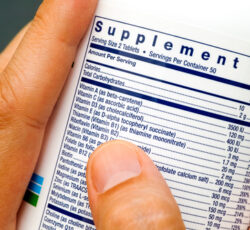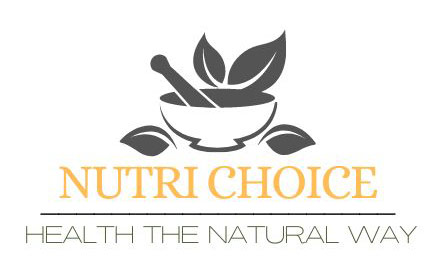 Whether you are trying to make healthier choices or manage a specific dietary need, understanding how to read food nutrition labels is essential. These labels provide valuable information about the content and composition of the product, helping you make informed decisions about the food you consume. Here are some key tips to help you navigate and decipher food nutrition labels effectively.
Whether you are trying to make healthier choices or manage a specific dietary need, understanding how to read food nutrition labels is essential. These labels provide valuable information about the content and composition of the product, helping you make informed decisions about the food you consume. Here are some key tips to help you navigate and decipher food nutrition labels effectively.
1. Serving Size
The serving size is the first thing you should look for on a food nutrition label. It tells you the recommended amount of the product to consume at one time. Pay attention to serving sizes as they can vary significantly between different products. By understanding the serving size, you can accurately assess the nutritional value of the food you are consuming.
2. Calories
Calories are another important aspect of food nutrition labels. They indicate the amount of energy provided by a serving size of the product. Take note of both the total calories per serving and the calories from fat. If weight management is a concern, it is essential to be mindful of your calorie intake.
3. Macronutrients
Food nutrition labels break down macronutrients into three main categories: carbohydrates, proteins, and fats. Carbohydrates include fiber and sugars, proteins include essential amino acids, and fats include saturated and trans fats. Understanding the amounts and types of these macronutrients in a product can help you gauge its nutritional value and decide if it aligns with your dietary needs and goals.
4. Vitamins and Minerals
Nutrition labels may also provide information about the vitamins and minerals present in a product. These essential nutrients play a vital role in maintaining overall health and well-being. Look for products that contain a good balance of vitamins and minerals, as they are essential for various body functions.
5. Added Sugars
Added sugars are sugars that are not naturally occurring in the food product but are added during processing. They can be listed under various names, such as corn syrup, maltose, or sucrose. Pay attention to the quantity of added sugars in a product, as excessive consumption can lead to health problems such as obesity or diabetes.
6. Ingredient List
The ingredient list on a nutrition label provides a comprehensive list of all the components in a product, starting with the most abundant ingredient. This list enables you to identify any potential allergens or substances you may want to avoid. Keep in mind that ingredients are usually listed in their scientific or chemical names, so familiarize yourself with common food additives and preservatives.
7. Percent Daily Value (%DV)
The Percent Daily Value (%DV) is a useful reference point. It represents the percentage of each nutrient in a serving, based on a recommended daily diet of 2000 calories. The %DV helps you understand how a food item contributes to your overall nutrient intake. Generally, 5% or less is considered low, while 20% or more is considered high. However, bear in mind that individual nutrient needs may vary depending on factors such as age, sex, and activity level.
8. Comparing Similar Products
When trying to make healthier choices, it is beneficial to compare similar products. Focus on the nutrients that you deem important and compare quantities among different brands or variations of a food item. This comparison can help you select the product that best meets your nutritional needs and preferences.
9. Beware of Health Claims
Food labels may display various health claims, such as “low fat,” “high fiber,” or “sugar-free.” It is essential to critically assess these claims and evaluate the overall nutritional composition of the product. Some claims may mislead consumers, so it is wise to rely on the information provided in the nutritional label.
Summary
Understanding how to read food nutrition labels is crucial for making informed choices about the food we consume. By paying attention to serving sizes, calories, macronutrients, added sugars, vitamins and minerals, and ingredient lists, we can assess the nutritional value of products accurately. Additionally, the %DV and comparison with similar products help us make healthier choices. By being mindful of food labels, we can take control of our dietary intake and work towards achieving our health and wellness goals.
Need a Vitamin Store in Colby, WI?
Nutri-Choice is an all-natural health food, vitamin, and supplement store with the most affordable prices! We carry just about everything you need to maintain your health and peace, knowing that every product is chemical free and all-natural. Nutri-Choice carries multi-vitamins, minerals, immune, cardio, and diabetes support medicine, herbs, teas, natural cosmetics like shampoo, conditioner, body wash, and so much more! Give us a call today and ask about our free mail order catalog!
